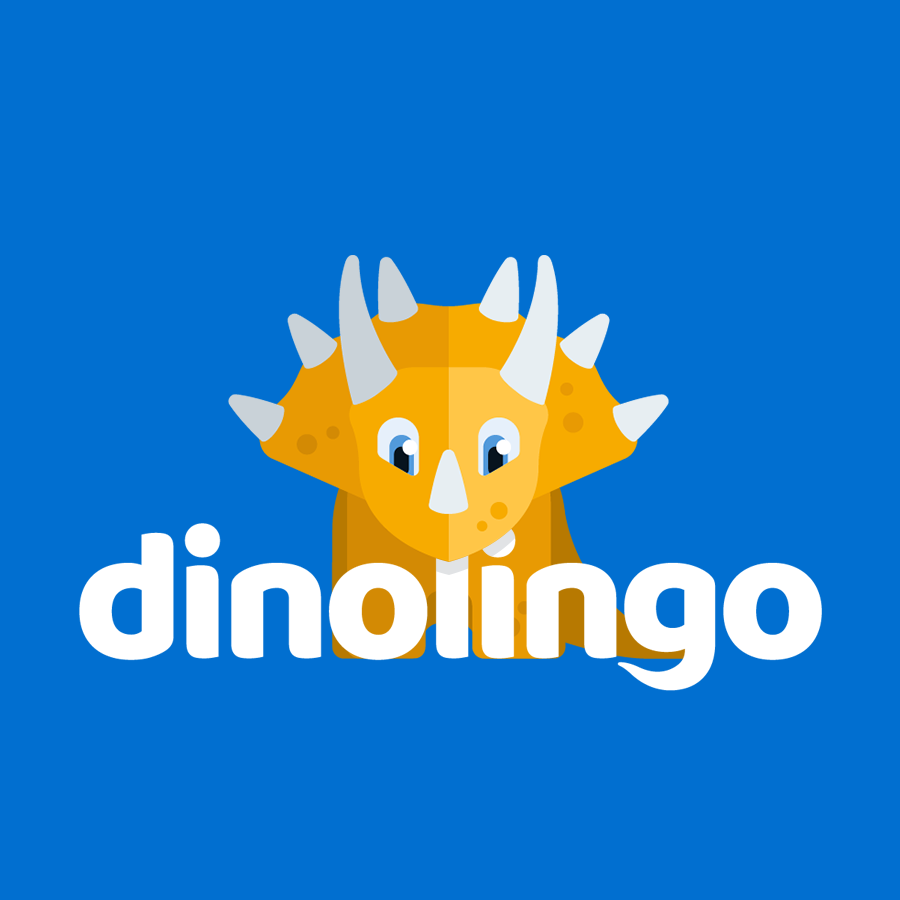Christmas – Jul
The Danish word for the Christmas holiday is Jul, from the Old Norse jól meaning “midwinter”. Midwinter celebrations were an important part of Scandinavian culture since early times and this word is now used to refer to “Christmas”. In many countries, Christmas is celebrated on the 25th of December, but in Denmark the most important day for celebration is Christmas Eve on the 24th. This is when the entire family meets to celebrate. Juleaften (Danish for Christmas Eve) or Yule Eve starts around 6 p.m. with a traditional dinner of boiled potatoes, red cabbage and brown gravy served with roast duck or goose.
Some families enjoy a special Danish version of roast pork called flæskesteg or a special sausage called medisterpølse. For dessert, ris á l’amande is served with chopped almonds and vanilla added before serving cold with a hot cherry sauce. The person who finds the one un-chopped almond in his portion receives a small prize. Afterwards, the candles are lit on the Christmas tree. There is time for dancing and singing of carols before the gifts are opened.
Other Holidays
Other Holidays with special meals include New Year’s Eve, Easter and Martin Mass. New Year’s Eve traditionally is celebrated with boiled cod, Easter with elaborate lunches and roast lamb for dinner, and Martin Mass with roast goose. At many of these holidays, special seasoned beers are enjoyed.
Among the traditional celebrations is “Shrovetide” (fastelavn) which is held in February. Children dress in fancy costumes and go from house to house singing songs and begging for money, candy or even buns. The “1st of May Celebrations” was first intended to celebrate the workers’ unions, but now these celebrations have turned into parties with speeches, music and food. “Saint Hans” is a midsummer celebration held on June 23rd with singing, speeches and a bonfire. Here, a doll symbolizing a witch is burned. Besides these national celebrations, farmers and other rural residents hold harvest parties in August and September to celebrate the fall crops. Many Danish people have a three week summer holiday in July or August each year.

Online Danish lessons for kids: dinolingo.com


